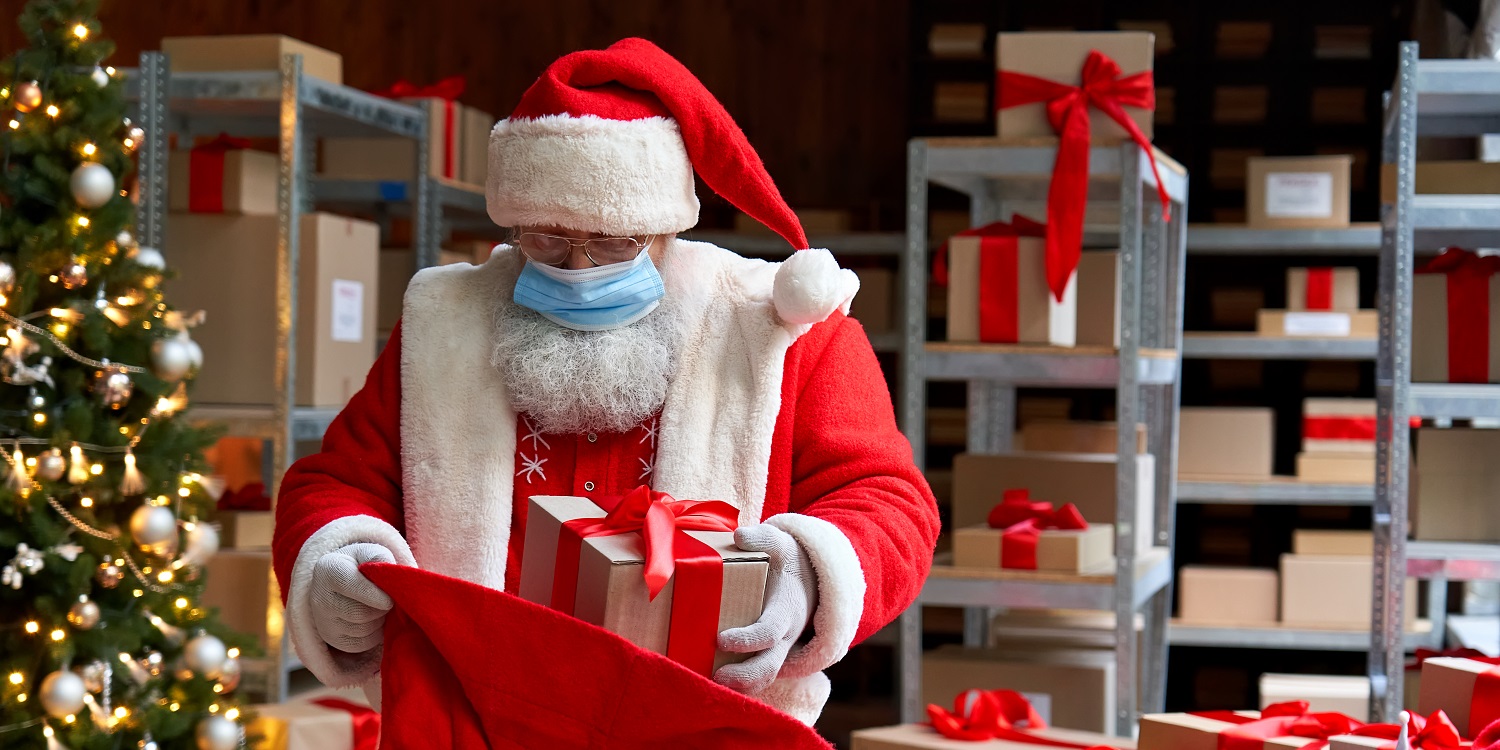Make sure you're aware of Christmas safety in the workplace issues, from seasonal sickness and slips and trips to employee wellbeing and safe office parties, with this guide from employment lawyer Toby Pochron.
As the nights draw in at an alarming rate and the mince pies pile high, employers need to be wary of Christmas ‘elf’ and safety risks in the workplace (I’m sure I hate myself more than you hate me for making that joke.)
Health and safety issues around Christmas
So, which areas of safety in the workplace throw up more challenges over this winter period?
1. Wellbeing of employees
As the festive period gears up, it can often run the risk of creating burnout amongst members of staff. This is especially prevalent in a time where employees are working from home more often and struggling to create that work/life balance. The increase in potential work-related stress is compounded by the shrinking daylight hours and potential personal difficulties individuals may face at Christmas.
To help employees who may be feeling overwhelmed or struggling, it is key that employers clearly communicate their systems for mental health support and show how important employee wellbeing is. For suggestions on how employers can offer mental health support in the workplace you can read this guide to improving employee mental health.
2. Slips and trips
As workplaces are donned with tinsel and trees, it is important for employers to make sure that decorations do not compromise the safety of employees in the workplace. Christmas decorations can often lead to cables and other obstructions across walkways, which increase the chance of accidents in the workplace. Ensure that all emergency exits are kept clear and that any decorations are securely put up; depending on the extent of the decorations, it may be worth factoring them into any risk assessments.
The additional risk to employees is in their commute to the office, as roads and pavements become icy. To reflect this, employers may wish to include in their handbook details as to what employees are expected to do if they deem the journey to work too hazardous in the icy conditions.
This can also be true of workplaces for those who work at home. The duty of care still subsist for home working, so giving some guidance on workspaces is a good way to assist.
Learn more: What are the main health and safety responsibilities of employers?
3. Increased alcohol consumption

In a season of merriness and mirth, employees may be out celebrating more often than they are used to. The risk this poses to employers is in having potentially tired or still inebriated staff at work, which would cause risk to other employees or visitors to the workplace. Guidelines here for staff on drinking at work events can be seen as trying to control the fun, but better safe than sorry.
Learn more: How employers can help staff struggling with addiction
4. Rise in seasonal illnesses
On top of the current pandemic, the winter period also sees a rise in other seasonal illnesses, which can similarly spread around a workplace. To help combat this, employers should ensure that the workplace is heated to a minimum of 16 degrees and consider offering flu vaccinations to their employees. These are considerations on top of the health and safety guidance from the government to combat the rise of COVID-19.
5. Temporary staff
With many employers needing to bring in seasonal staff over the busy Christmas period, bringing them up to date with training and company policies may fall by the wayside. Employers should ensure that all staff are reminded of company policies and all required training is duly completed.
Christmas party safety tips

Every year I cringe at the “top ten tips for surviving your Christmas party” churned out by employment lawyers. This year quite a number of events have been cancelled or delayed. If you still decide to go ahead, here are some guidelines (these are not tips and there are not ten – my cringe is therefore avoided).
Before any event is to take place employees need to be reminded that a Christmas party, although not necessarily in the workplace, is essentially an extension of the workplace. As such, their behaviour needs to be conducive of the conduct expected at work.
Key areas to consider with your Christmas party planning
- Make sure that all employees are comfortable with having a Christmas party this year: the organising of an office party should be a two-way street of communication with serious considerations for the current government guidance. If an employer opts to not have a party, they may not want to rule out some form on celebration or festive gesture as these kinds of social events work to build upon employee relations.
- Set boundaries for the party: this can be by including a reminder about employee conduct expectations ahead of the party and by being clear on what COVID-19 precautions people should be taking at the party. These two boundaries can help reassure employees who may have been anxious about attending and hopefully mitigate any safety risks.
- Make sure that employees have a safe way to get home: this is especially important if the party is not local. A simple way to achieve this is by providing information on transport options in advance.
Learn more: 10 virtual office Christmas party ideas
Sending safety messages to your employees
It becomes a tricky balance for employers to communicate enough to their employees about the importance of safety in the workplace at this time of the year without overloading them with information they are unlikely to take in. Ensure in the communications you do send to highlight key areas for employees to be vigilant on and remind them of overarching company policies they may want to re-familiarise themselves with and how to access them.
Read more from the myhrtoolkit blog

Written by Toby Pochron
Toby Pochron is a Senior Associate in the Freeths LLP Employment Law department. He was a Partner in the Employment Law department of Ironmonger Curtis.


 Holiday Planner
Holiday Planner Absence Management
Absence Management Performance Management
Performance Management Staff Management
Staff Management Document Management
Document Management Reporting
Reporting Health and Safety Management
Health and Safety Management Task Management
Task Management Security Centre
Security Centre Self Service
Self Service Mobile
Mobile




